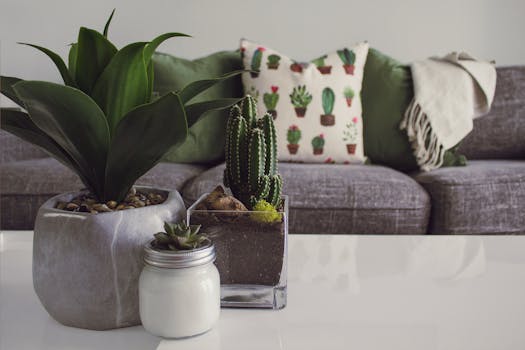Combining Wood Types in the Same Room: A Guide to Harmonious Decor
In the world of interior design, wood is a timeless material that adds warmth, texture, and character to any space. However, combining different wood types in the same room can be a daunting task for many homeowners and designers. The key to successfully blending various wood types lies in the use of a unifying element that ties the decor together. This article explores effective strategies for combining wood types, providing valuable insights and examples to inspire your next design project.
The Beauty of Wood: Why Combine Different Types?
Wood comes in a variety of species, each with its unique grain, color, and texture. Combining different wood types can create a rich, layered look that adds depth to your decor. Here are some reasons to consider mixing wood types:
- Visual Interest: Different wood grains and colors can create a dynamic and engaging aesthetic.
- Contrast and Balance: Mixing lighter and darker woods can provide contrast, making the space feel more balanced.
- Personal Expression: Combining wood types allows for a more personalized and unique design that reflects your style.
Choosing a Unifying Element
To successfully combine different wood types, it’s essential to incorporate a unifying element that brings cohesion to the space. Here are some effective unifying elements to consider:
- Color Palette: Choose a consistent color palette that complements the various wood tones. For example, if you have dark walnut furniture, consider using lighter wood accents in a similar color family.
- Finishes: Use similar finishes across different wood types. For instance, if you have a matte finish on one wood type, opt for a matte finish on the others to create harmony.
- Textiles: Incorporate textiles that feature colors or patterns that tie the wood types together. A rug or throw pillows can serve as a bridge between different wood elements.
- Design Style: Stick to a cohesive design style, such as modern, rustic, or industrial, to ensure that the different wood types feel intentional and well thought out.
Examples of Successful Wood Combinations
To illustrate the effectiveness of combining wood types with a unifying element, let’s explore a few case studies:
Case Study 1: The Modern Living Room
A contemporary living room features a mix of oak and cherry wood. The oak is used for the coffee table and shelving, while cherry wood is used for the accent chairs. The unifying element in this space is the color palette: soft grays and whites that complement both wood types. Additionally, a large area rug with a geometric pattern ties the two woods together, creating a cohesive look.
Case Study 2: The Rustic Kitchen
In a rustic kitchen, a combination of reclaimed pine and maple is used for cabinetry and countertops. The unifying element here is the use of matte black hardware and fixtures, which provides a modern touch while allowing the natural beauty of the wood to shine. The warm tones of the wood are echoed in the choice of ceramic dishware, further enhancing the cohesive feel of the space.
Tips for Mixing Wood Types
Here are some practical tips to keep in mind when combining wood types in your decor:
- Limit the Number of Wood Types: Stick to two or three different wood types to avoid visual chaos.
- Consider Scale: Ensure that the scale of the wood pieces is proportionate to one another to maintain balance.
- Test Samples: Before committing, test wood samples in your space to see how they interact with light and other elements.
- Embrace Imperfection: Remember that natural wood has variations; embrace these differences as part of the charm.
Conclusion
Combining different wood types in the same room can elevate your decor and create a unique, inviting atmosphere. By using a unifying element such as a consistent color palette, similar finishes, or complementary textiles, you can achieve a harmonious look that showcases the beauty of each wood type. Whether you’re designing a modern living room or a rustic kitchen, the key is to embrace the natural characteristics of wood while ensuring that your choices feel intentional and cohesive. With these strategies in mind, you can confidently mix wood types and create a space that reflects your personal style.
